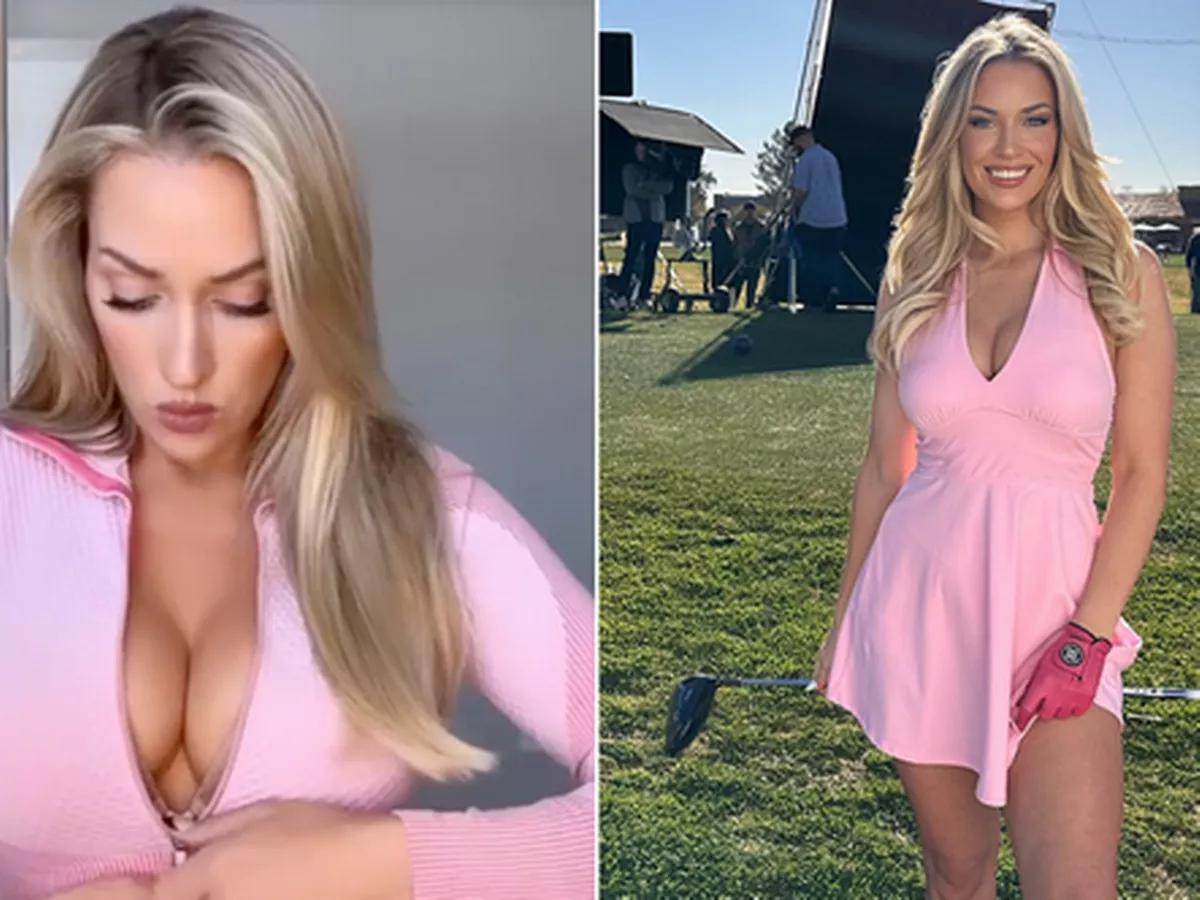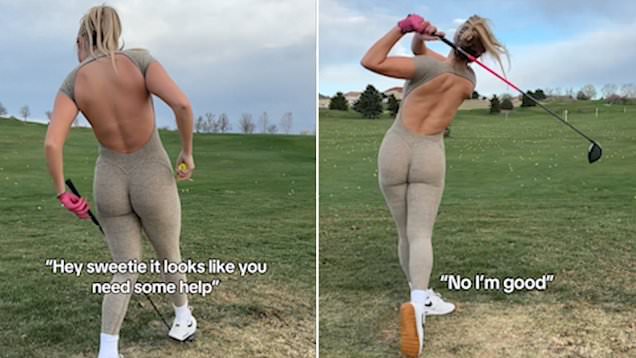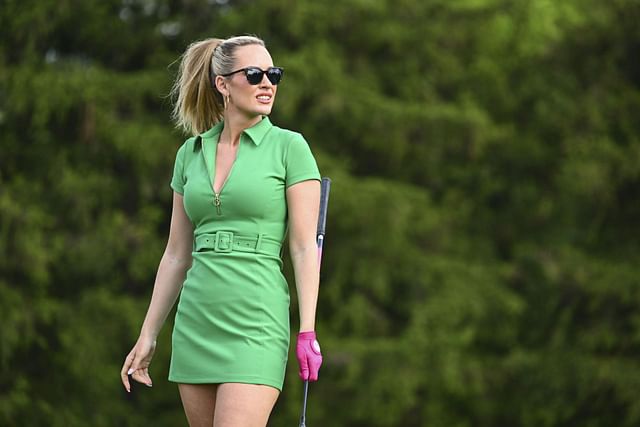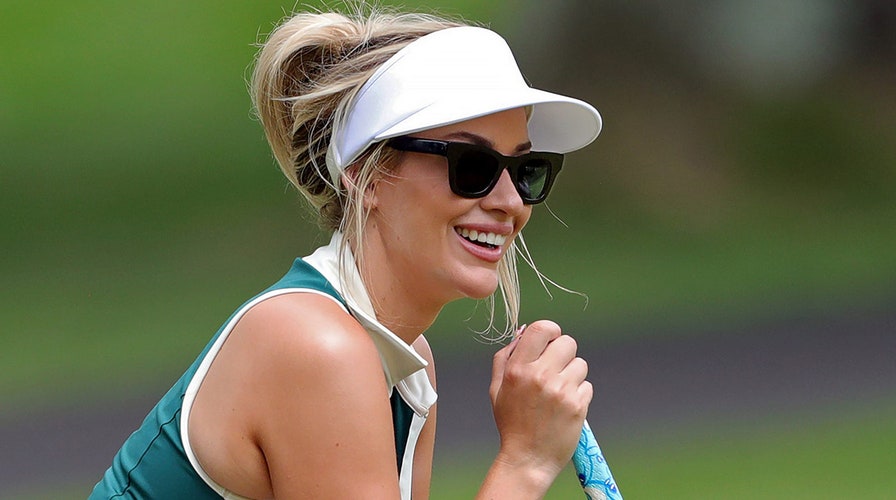A Golf Tournament Denies Paige Spiranac Entry — Just Because of Her Outfit?

The recent incident involving professional golfer Paige Spiranac being denied entry to a golf tournament due to her outfit has stirred the pot in the world of sports. Known for her elegant and sometimes provocative golf attire, Spiranac is an influential figure advocating for change in the dress code traditionally associated with women’s golf. This controversy highlights the ongoing debate over inclusivity, self-expression, and the outdated standards of dress codes in sports.
The Incident: What Happened?

At a prominent golf tournament, Paige Spiranac arrived with high hopes, only to be turned away at the entrance based on her clothing. The outfit, which many would describe as fashionable yet revealing, has sparked criticism from both fans and observers. Some have lauded Spiranac for her bold fashion choices, while others argue that she set a poor example for the sport. The reasoning behind the decision to exclude her is said to be rooted in the tournament’s strict dress code, which some feel is archaic and discriminatory against women. The question arises: should an athlete’s outfit determine their access to a sporting event?
Outdated Dress Codes: Are They Discriminatory?

The guidelines governing dress codes in golf have been a point of contention for years. Traditionally, golf attire has leaned towards conservative styles; however, the modern athletic landscape is evolving. As women like Spiranac challenge norms with their fashion choices, the critical issue of whether these dress codes are inclusive or outdated is emerging. Supporters of Spiranac argue that these standards often reflect a double standard. Men are frequently afforded more flexibility in their choices, while women’s attire is placed under stricter scrutiny.
- The dress codes are perceived by many as a form of control over women’s bodies.
- Paige Spiranac, as an advocate for change, encourages dialogue around the evolution of sportswear.
- The impact of social media allows athletes to express themselves more freely, raising questions about traditional practices.
Furthermore, critics note that enforcing rigid dress codes can lead to feelings of exclusion rather than unity within the sport. These codes often inhibit female athletes from expressing their individuality, pushing them to conform to a mold created decades ago. As women continue to gain visibility in the sports arena, discussions about personal expression through clothing become more relevant.
The Role of Social Media and Advocating for Change

Paige Spiranac has used her substantial social media platform to advocate for a more progressive approach to women’s sportswear. She has garnered millions of followers who admire not only her golfing skills but also her fashion sense. Spiranac encourages women to embrace their style without fear of judgment, challenging the traditional notions of what female athletes should wear on the course.
Social media plays an undeniable role in this dialogue. Platforms like Instagram and Twitter have become spaces for athletes to share their voices and personal stories, building a community that supports self-expression. Spiranac’s experience resonates with many who have faced similar challenges in various fields, not limited to sports. The reach of her message calls for a reevaluation of how sports attire is regulated and its relevance to modern-day society.
- Social media empowers athletes to challenge outdated norms and express individuality.
- The conversation around dress codes can lead to significant changes in policies for athletes.
- Inclusivity and expression should take precedence over outdated traditions in sports.

The incident involving Paige Spiranac highlights a need for a broader conversation about dress codes in sports and their implications for inclusivity and equal opportunities. As the world of athletics continues to evolve, the conversation around attire must also progress, ensuring that passionate and talented athletes, regardless of gender, have the freedom to express themselves through their clothing.
Conclusion

As we witness this significant shift in sports culture, it’s crucial to take a stand for inclusivity and personal expression. This incident involving Paige Spiranac can act as a catalyst for change in how female athletes are perceived and treated. By supporting progressive approaches to sportswear, we can promote a more inclusive environment for all athletes. Join the conversation today and let your voice be heard!